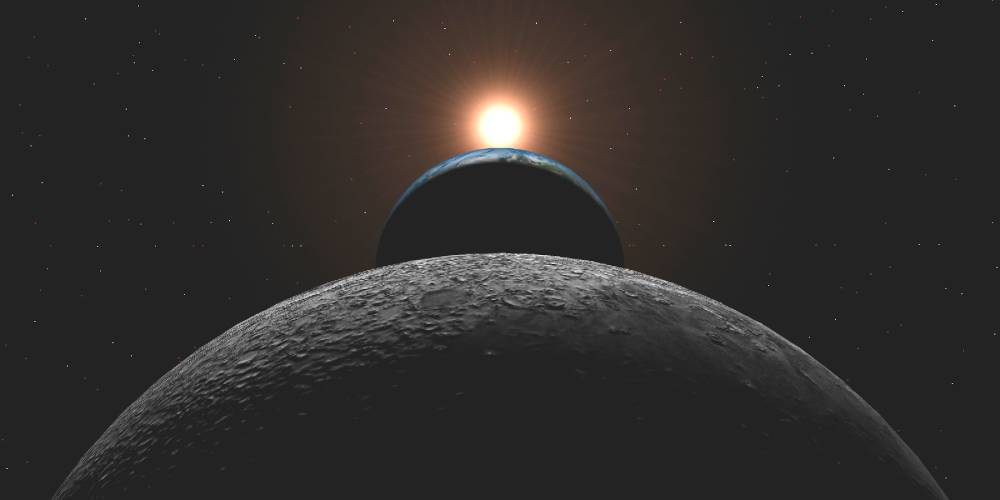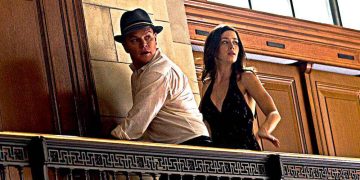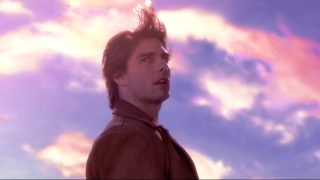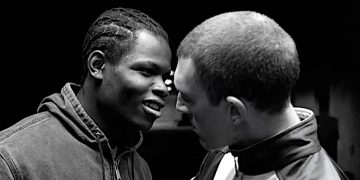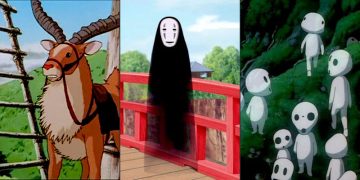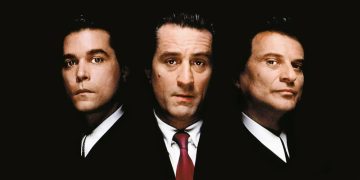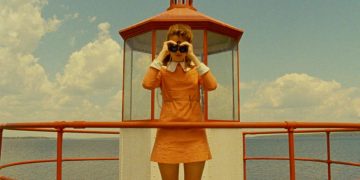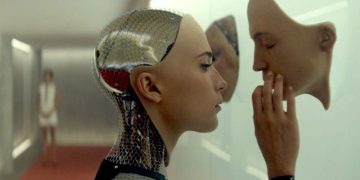Symbolism in cinema is a delicate art form: too obvious and it'll be brushed aside as heavy-handed and preachy, too subtle and it'll fly right over the heads of audiences (critics and non-critics alike).
But when it's done well, symbolism can elevate good movies to great movies and great movies to legendary movies.
An impactful symbol can change the entire way we think about ourselves and the world around us. The subtext beneath the surface can lift a movie into more than just a film—it becomes a visual manifesto on the human condition, ideas communicated without words.
Here are my picks for the best movies with symbolism and what each symbol aims to communicate.
7. Get Out (2017)
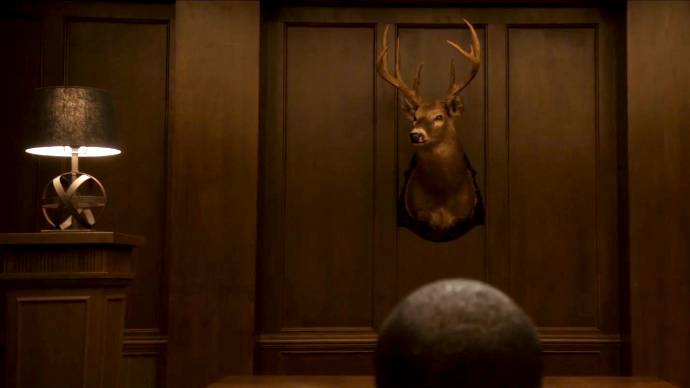
Directed by Jordan Peele
Starring Daniel Kaluuya, Allison Williams, Bradley Whitford
Horror, Mystery, Thriller (1h 44m)
With Get Out, Jordan Peele proved he was more than just a sketch comedian—he's one of the most promising new directors in the horror genre. Not only that, but his ability to communicate themes and ideas through symbols is second to none.
What's the symbol in Get Out? The deer.
When Rose and Chris are on their way to meet Rose's parents, they hit a deer, killing it in the process. At first, this seems to represent how Chris's mother died (in a hit and run), but over the film it reveals a much deeper and more insidious meaning.
Dean Armitage complains about how the deer population has taken over and how they need to be killed in order to be controlled.
When we later see a deer head hanging on the wall where Chris is held captive, it becomes apparent that the deer is symbolic for captivity, subjugation, and enslavement.
6. Inception (2010)
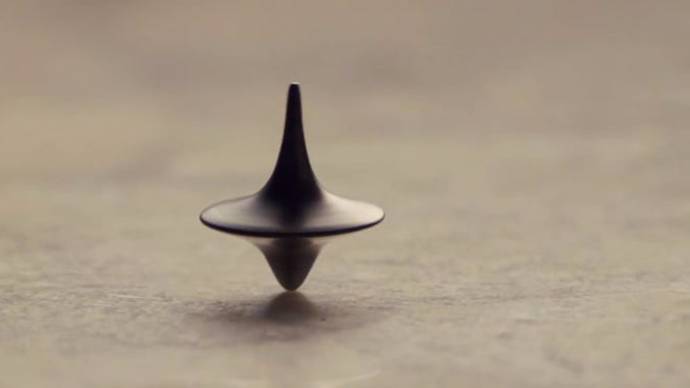
Directed by Christopher Nolan
Starring Leonardo DiCaprio, Joseph Gordon-Levitt, Elliot Page
Action, Adventure, Sci-Fi (2h 28m)
Christopher Nolan is renowned for his complicated plots, but he leaves plenty for his audiences to ponder once the curtains close. Inception remains his greatest achievement on this front.
What's the symbol in Inception? The spinning top, of course.
The spinning top represents Cobb's two connections: with reality and with his dead wife Mal. Either he's in a dream world or he has returned to waking life, but he can only tell by how the top spins—and that top is a constant reminder of Mal.
Plagued by guilt, Cobb's journey is one that brings him to the edge of his sanity, where all the feelings of remorse and regret surround him. But at the end of Inception, he spins the top and walks away. It spins... and it spins... and it spins... then there's a wiggle!
Does that mean Cobb is still in a dream? Or does the slight wiggle at the end suggest that he has truly returned to reality?
Actually, the answer is beside the point! The true symbolism is in Cobb walking away without seeing whether the top falls.
He's walking away from both his life as a thief and from the guilt that haunts him surrounding his dead wife. It doesn't matter whether he's awake or asleep—he will now hold his children in his arms.
5. Moonlight (2016)
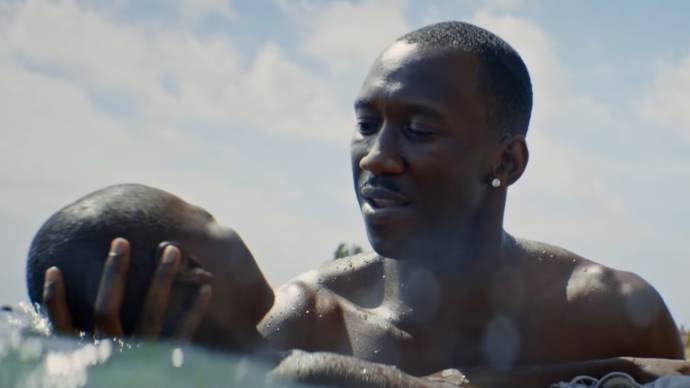
Directed by Barry Jenkins
Starring Mahershala Ali, Naomie Harris, Trevante Rhodes
Drama (1h 51m)
What's the symbol in Moonlight? Water.
At several moments in Chiron's life, water becomes an important motif that conveys his personal development from damaged and neglected child to repressed and isolated man.
In that sense, the water in this film communicates vulnerability.
When Chiron learns how to swim at the insistence of Juan—the only father figure he's ever known—he allows himself to be vulnerable. Furthermore, when Chiron has his first (and only) sexual encounter, it takes place on the beach by the water.
These are the only times he allows himself to be vulnerable. Moonlight is a compelling social commentary on how vulnerability is seen as mutually exclusive to popular ideals of masculinity.
4. Spirited Away (2001)
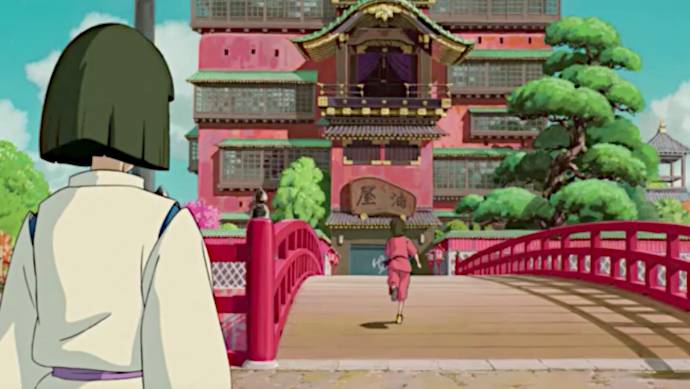
Directed by Hayao Miyazaki
Starring Daveigh Chase, Jason Marsden, Suzanne Pleshette
Animation, Adventure, Family (2h 5m)
Hayao Miyazaki has made a career out of fantastical movies that have hidden social critiques. For example, Howl's Moving Castle (2004) acts as an allegory for America's unlawful invasion of Iraq.
However, in Spirited Away, we get one of the most tear-jerking symbols of his career. What's the symbol in Spirited Away? The bathhouse.
Chihiro must work at Yubaba's bathhouse in order to win her parent's freedom. What isn't explicitly stated is that the bathhouse is symbolic for the growing problem of prostitution in Japan.
Miyazaki has publicly talked about him being sickened by the industry and how it preys on young women.
In Spirited Away, Chihiro's desperation is what drives her to agree to work in the bathhouse, hoping to eventually get out. The allegory fits too neatly to be a mistake or coincidence.
3. The Departed (2006)
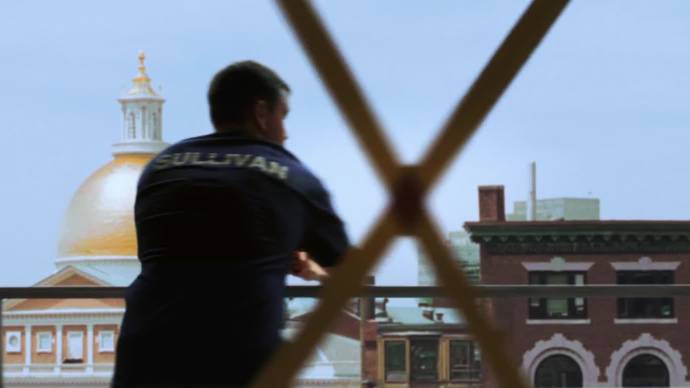
Directed by Martin Scorsese
Starring Leonardo DiCaprio, Matt Damon, Jack Nicholson
Crime, Drama, Thriller (2h 31m)
Martin Scorsese is no stranger to infusing his films with incredible amounts of violence. But in The Departed, he foreshadows murder around the corner through expert use of symbolism.
What's the symbol in The Departed? The X.
If you watch closely, whenever a main character is about to be killed, a large X appears somewhere on screen—usually behind their body.
What is Scorsese trying to communicate with this? Perhaps it's an attempt to show that there are cosmic forces at work in the gangs of Boston. The Grim Reaper always hovers above their shoulders.
2. 2001: A Space Odyssey (1968)
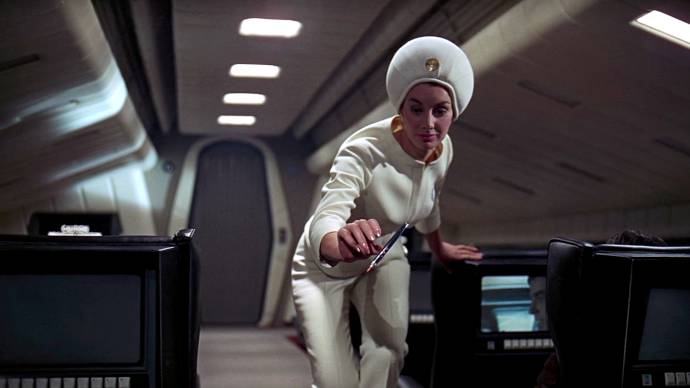
Directed by Stanley Kubrick
Starring Keir Dullea, Gary Lockwood, William Sylvester
Adventure, Sci-Fi (2h 29m)
Stanley Kubrick is one of the most meticulous film directors of all time, with everything that shows up on screen having a very specific purpose.
For example, The Shining (1980) has been picked apart to death by critics and analysts who have come up with countless interpretations, all of which can be supported by the props on set.
But one of the most interesting (and subtle) symbols of Kubrick's cinematic career came in 2001: A Space Odyssey.
What's the symbol in 2001: A Space Odyssey? The pen.
While the crew flies in outer space orbit, a flight attendant walks toward a man sleeping. A pen is floating in the air, uninhibited and untethered. She plucks it from the air. What does this tell us?
In a film all about technology, the pen is a foreboding metaphor for humankind losing control of the tools they create in an attempt to get further and further ahead on the evolutionary scale.
As we see later on, it's a lesson they should've learned sooner.
1. Blade Runner (1982)
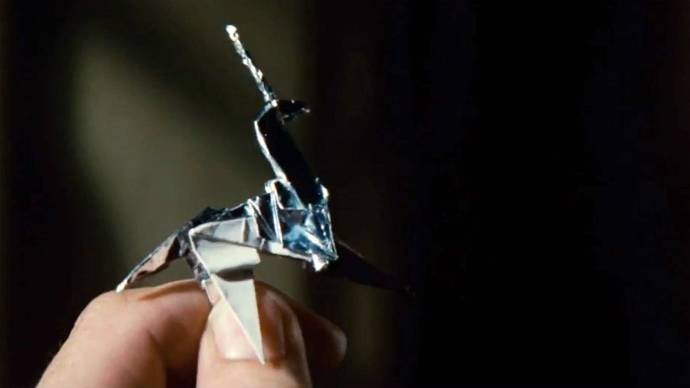
Directed by Ridley Scott
Starring Harrison Ford, Rutger Hauer, Sean Young
Action, Drama, Sci-Fi (1h 57m)
Blade Runner isn't just one of the best films ever made. It's also one of the most profound movies with symbolism in cinema history.
What's the symbol in Blade Runner? The origami unicorn.
The art of origami can be boiled down to this: beautifully crafted but fake replicas of real-life animals, made by artists through artificial means. Sound familiar? If you've seen Blade Runner, it should be obvious!
In a film where Rick Deckard is constantly trying to track down robots who are masquerading as humans, the origami unicorn forces him to question: What makes them so different?
This dichotomy—between real and fake, genuine and simulated, authentic and manufactured—is a serious and incessant problem for the characters in Blade Runner.
So when Rick picks up a fake unicorn and inspects it, he's forced to reflect. How can he be certain that he's any different? How can anyone? It's a question that has inspired many filmmakers since, making it one of the all-time best symbolisms in movies.
